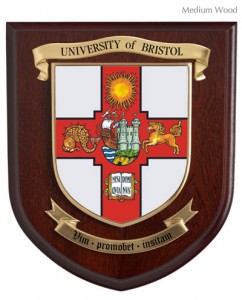As everyone returns for the start of another academic year we thought we’d take some time to look at the Universities of the United Kingdom.
Higher education in the UK has grown massively in the last 20 years, and is now almost mandatory for most students. This is a far cry from the elitist status enjoyed by universities for centuries. The development of Universities in the UK as we know them occurred in four “tiers”
The first were the original or “Ancient Universities” of the UK. These are some of the oldest universities in the world and include:
- Oxford
- Cambridge
- St. Andrews
- Glasgow
- Aberdeen
- Edinburgh
- Dublin
These were the founded between 1096 and 1600.
There were no new universities until the early 19th century when, within a period of approximately 10 years, four new universities were founded. These were:
- St David’s
- University College London
- Kings College London
- University of Durham
Later in the 19th century the “red brick” universities were founded – these included:
- Victoria University (which lasted less than 25 years)
- University of Birmingham
- University of Liverpool
- University of Leeds
- University of Sheffield
- University of Bristol
- University of Manchester
 A number of colleges were granted Royal Charter during the 1960’s and these are loosely referred to as “plate glass universities”.
A number of colleges were granted Royal Charter during the 1960’s and these are loosely referred to as “plate glass universities”.
The Further and Higher Education Act 1992 allowed thirty-five polytechnics to become universities.
There are now 161 universites throughout the UK, with over 2.5 million students. Universities in the UK are highly regarded throughout the rest of the world, and almost 450,000 foreign students study at our universities.
Even those who never attended university can’t help but feel proud of the tradition and the standards set by our universities – long may they continue to stand as a symbol of quality education.
Have a look at some of our blog posts on the history of the coats of arms of some of these universities, and visit our Universities page to find out more about getting your university coat of arms